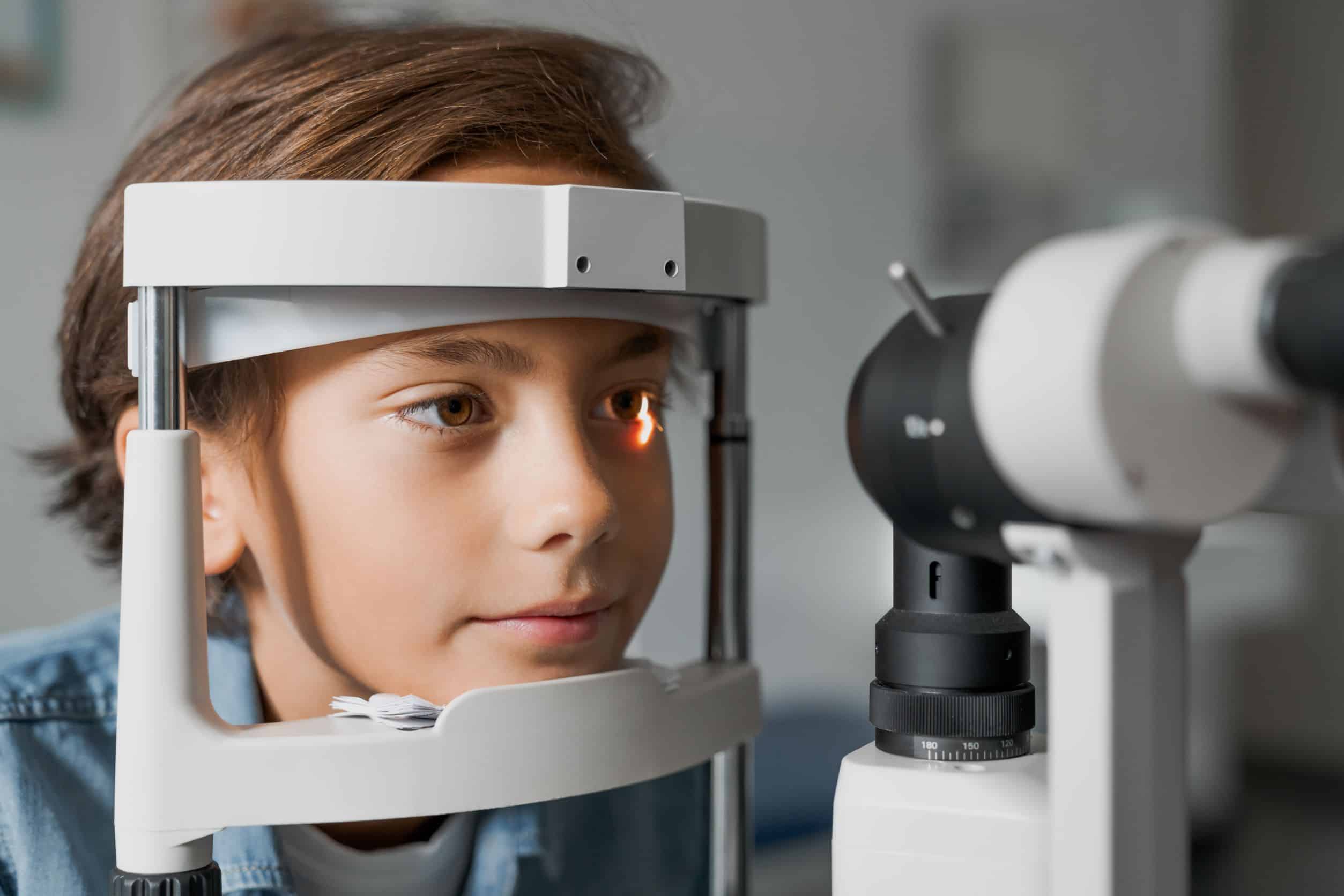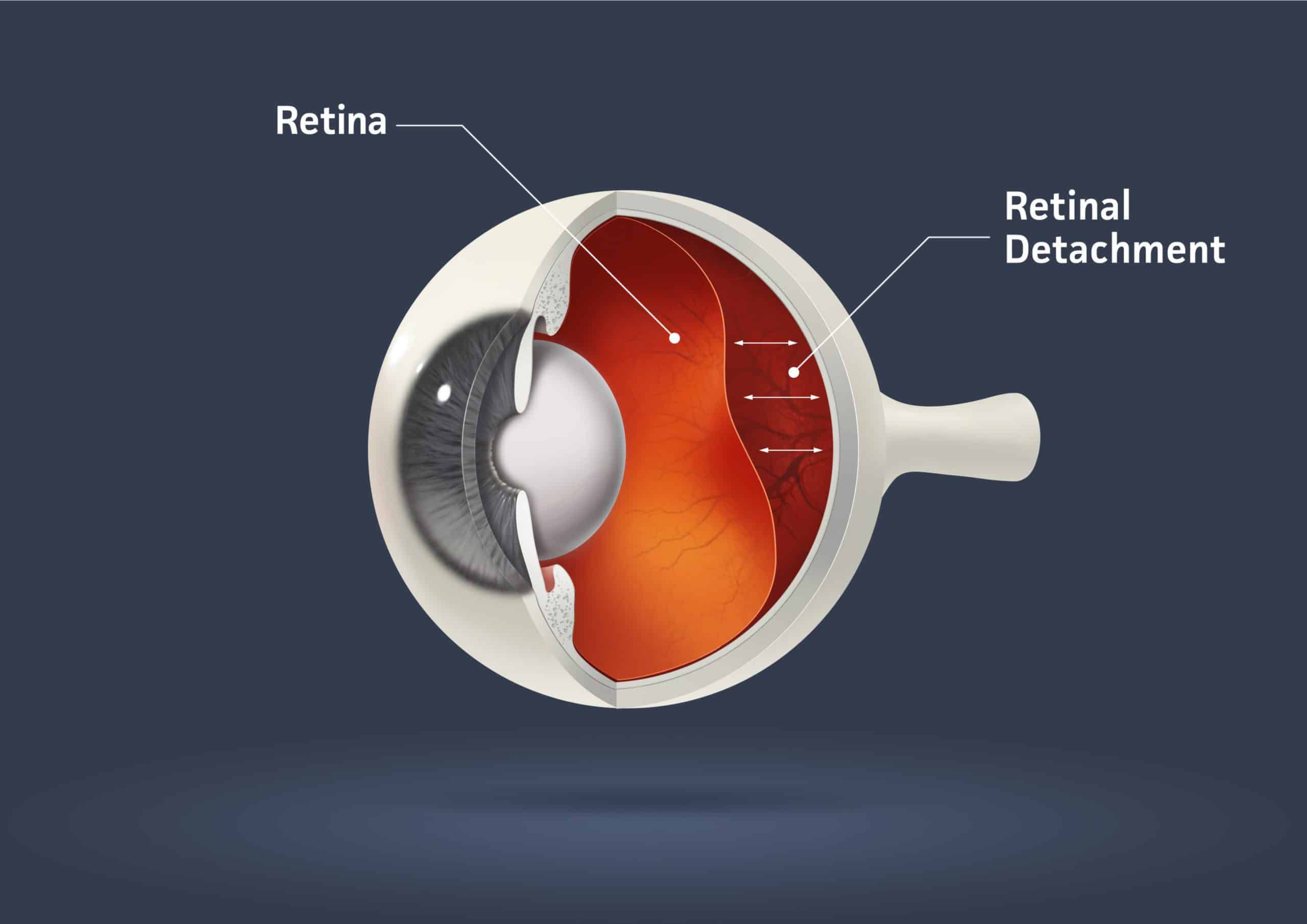Eye Floater Management
Don’t let eye floaters cloud your vision
• Floaters are little “cobwebs” or specks that float in your field of vision. They are small, dark, shadowy shapes that can look like spots, threadlike strands, or squiggly lines.
• Eye floaters are visible only because they do not remain fixed in location. If floaters were still instead of floating around, for example, your brain would automatically ignore them and you would never consciously see them. The brain often does this with things positioned both in and outside of the eye. For example, you do not perceive the blood vessels in your eye, which are fixed in
• Whilst a floater remains dormant in your eye, it is suspended in the vitreous humor and will therefore drift in line with your eye movement – and hence it often appears to be “moving”.

• You can see floaters better when looking at a bright blue sky because your pupils contract to a very small size, which in turn makes floaters more pronounced.
• Floaters are more likely to develop as we age and are more common in people who are very nearsighted, have diabetes, or who have had a cataract operation.
If you suffer from vitreous strands and opacities (commonly referred to as “eye floaters”), then you are already familiar with the frustrating visual disturbance caused by these cobweb and cloud-like shadows. Floater treatment is a pain-free, minimally-invasive laser procedure that is performed in-office. Floater treatment can potentially provide much-needed relief from your eye floaters–and help you take back your quality of vision.
If you or someone close to you





















